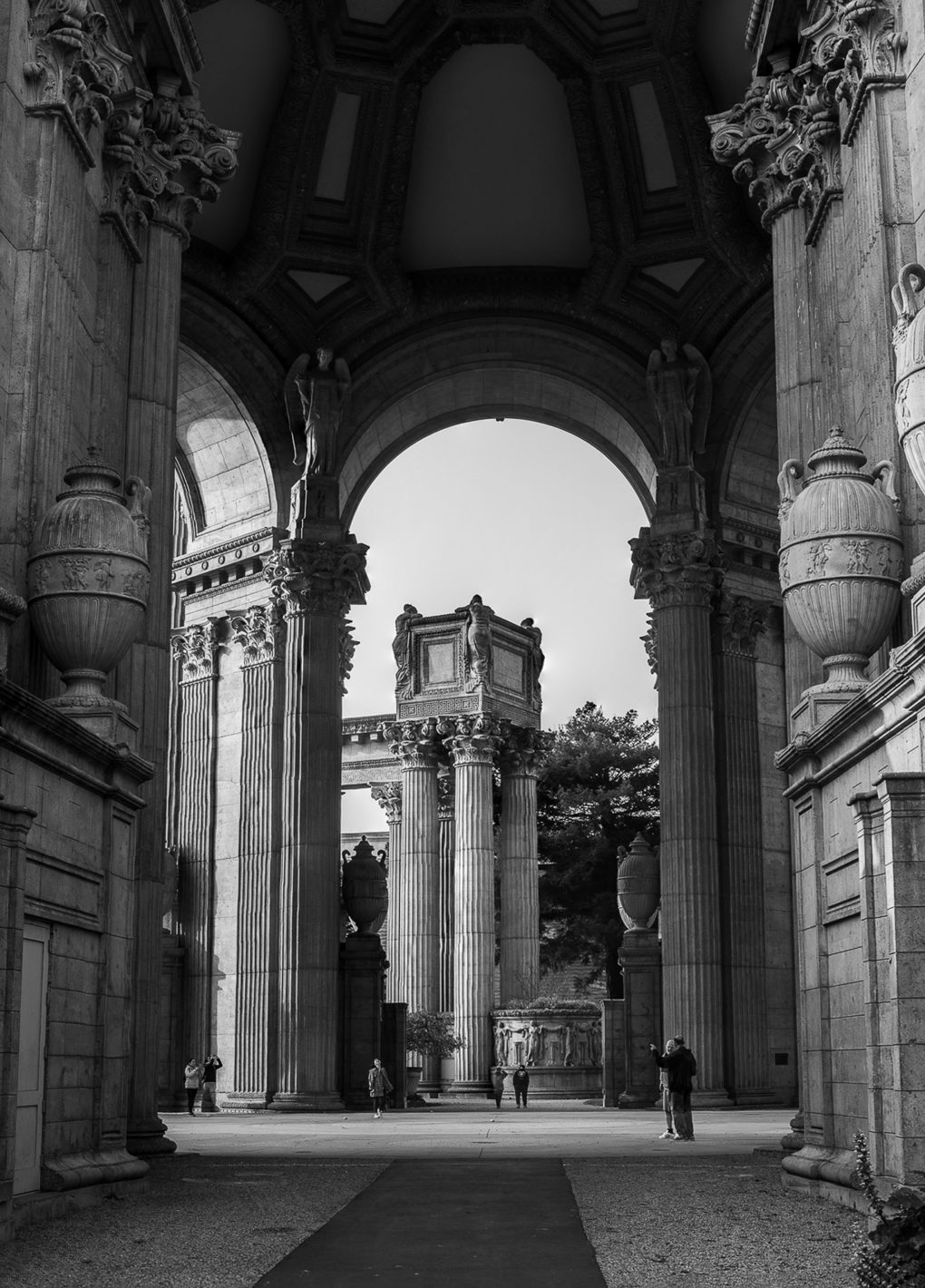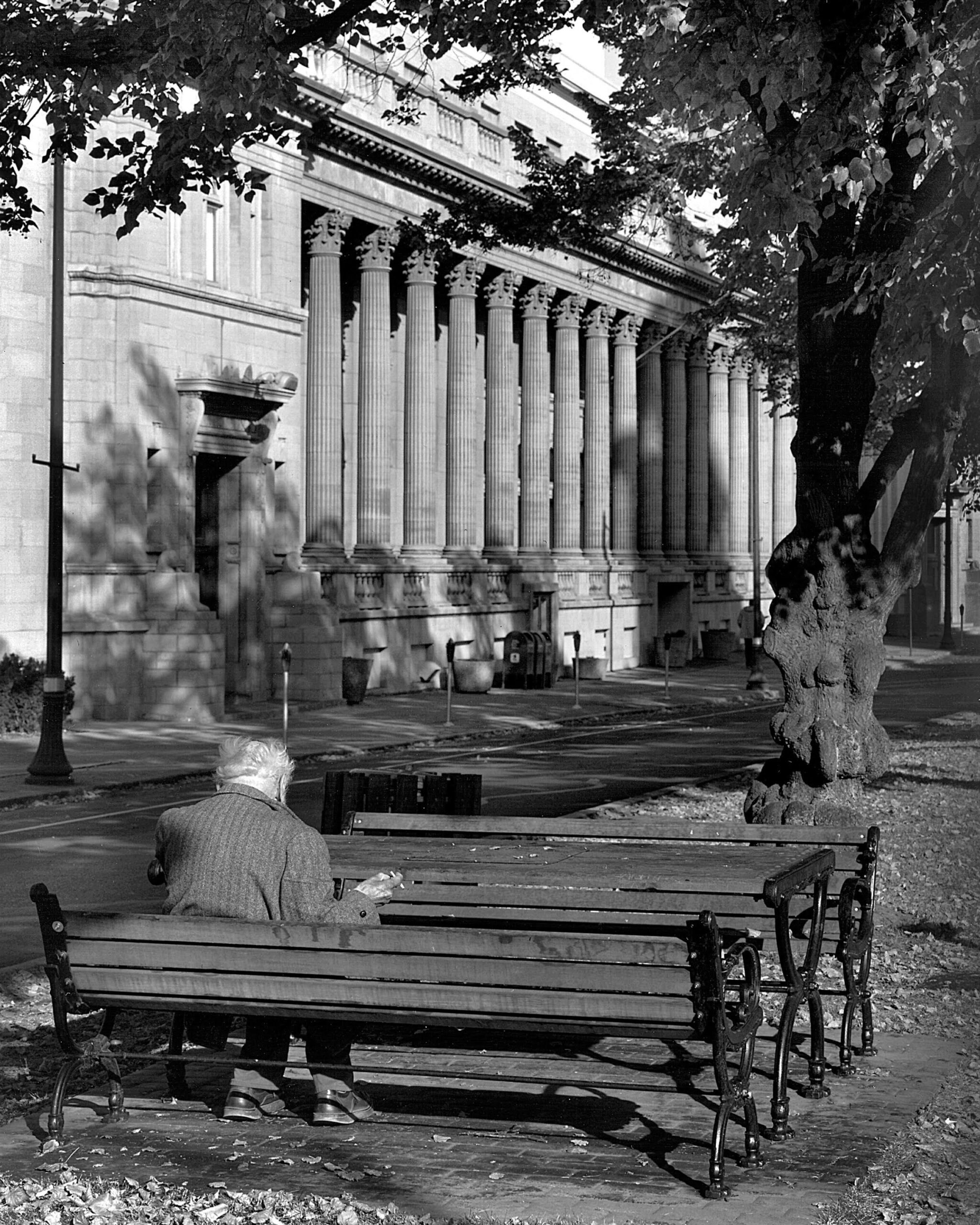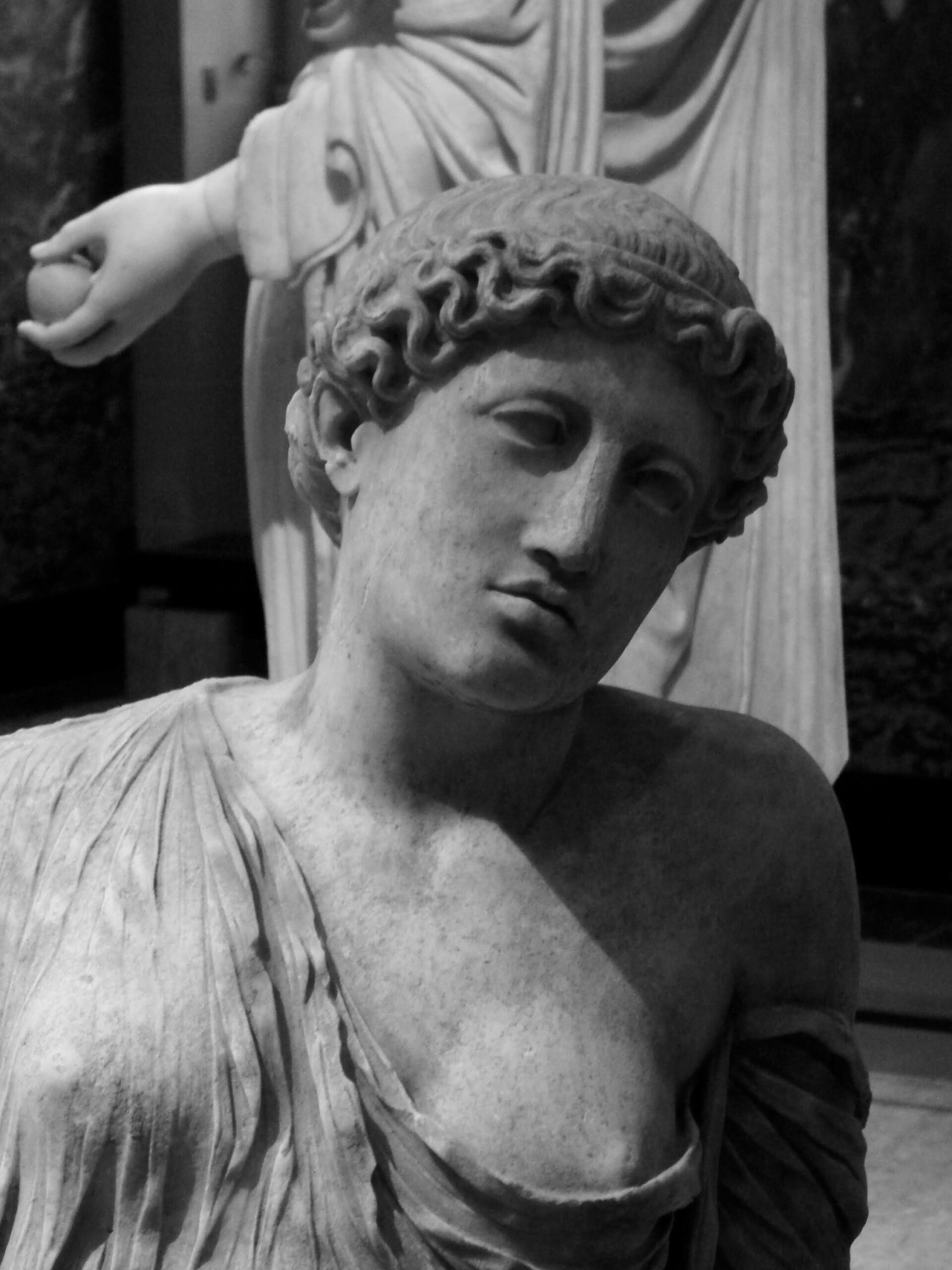
A few weeks ago I was in San Francisco with my wife and we spent an early morning walking around the Palace of Fine Arts. As I watched people interact with the space I was thinking about the role art and architecture have on our ideas of community and social justice. On the one hand these faux ruins that represent Greek and Roman empires of long ago could give me a sense of power and might but on another it is a reminder of a time where philosophical debate about the needs of the many versus the needs of the few occurred.
While the recent midterm elections were being held I was spending the evening listening to an audio recording of Plato’s republic. As I listened to the debate about what is essentially the argument for “might is right” vs. “social justice” I found myself wishing for a return to meaningful discussions about political ideologies and a return to architectural style that goes beyond engineering economy.
Architecture’s Daily Effect

Whenever I travel I attempt to go beyond making postcard images of landmarks by thinking about how people interact with a place. I think this is what has heightened my interest in architecture. During this early morning stroll around the Palace of Fine Arts I was mentally transported to Italy as I watched people walk across and under the colonnade and rotunda. Some people would stop to look up in wonder while others were in deep conversations. It seemed to me that all were experiencing a moment of reflection just like I was. Modern social media memes and talk show television don’t seem to promote the deep level of philosophical reflection that much earlier times allowed for.
The Role of Art and Architecture
It seems to me that the role of art and architecture is to promote community and self reflection. Urban planning is about seeking to meet the needs of the masses and must involve both art and architecture. Perhaps architecture is the ultimate art form because it casts the shadows we must live under and it is the vision that we look up to.
Bernice Abbot photographed the formation of Manhattan skyline in her seminal book Changing New York. In one image we get a sense of loss from the demolition of immigrant neighborhoods and smaller corner stores and in another we get a sense of wonder at the rise of buildings to the heavens complete with gargoyles and eagles. The Art Deco architecture that rose during the great depression created a lasting symbol of wealth and power that has recently been challenged by the Occupy Wall Street movement and the political battle between the wealthy and impoverished.

Sculpture as a reflection of ourselves
Sculpture is also a part of this community debate about values. Public sculptures create the hegemonic narrative of a society. Religious statues, political figures, soldiers, and laborers describe the ideals of beauty and social justice which are malleable and subject to frequent changes in definition depending upon who is in power.

Public art and architecture are points of debate and semiotic representations of power. Their significant investment and durability offer a continuous testimony to the accepted values of a community. They honor war and bestow preference over religion and creed. They are also platforms for diversity and an apology for historic misdeeds that can honor and value all of us. I think that every place I visit I am trying to understand the culture of the community through its architecture and art.
